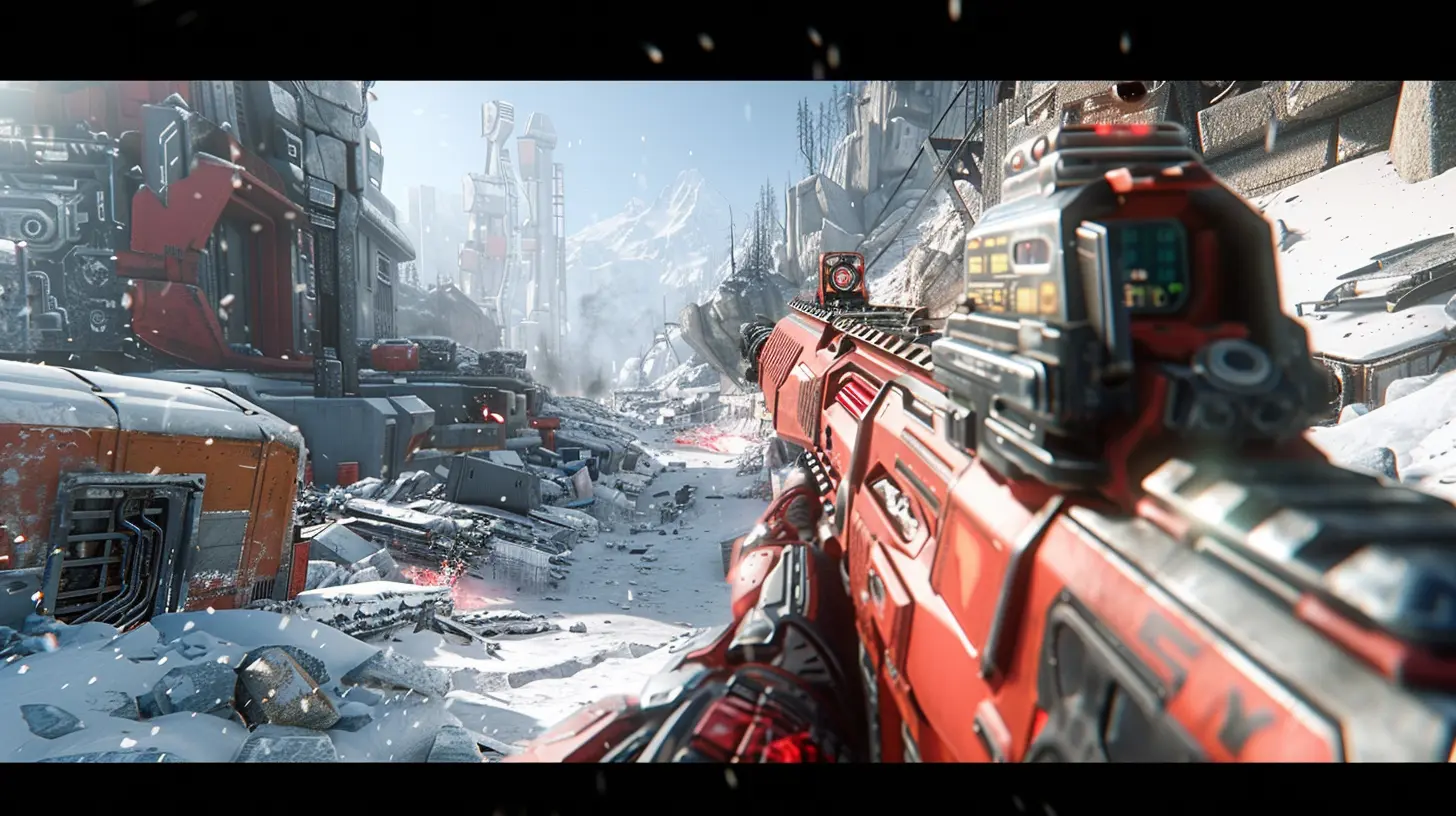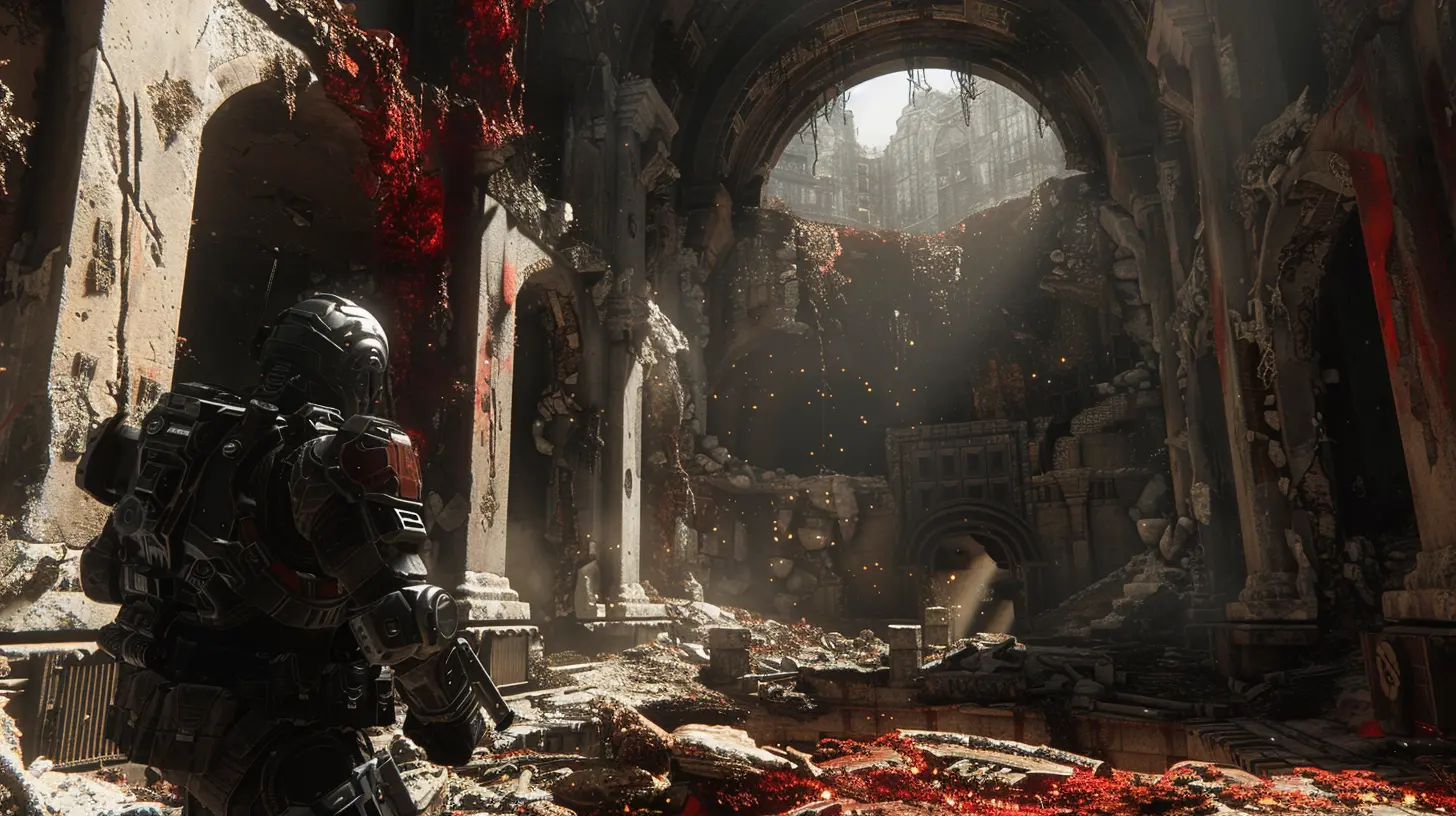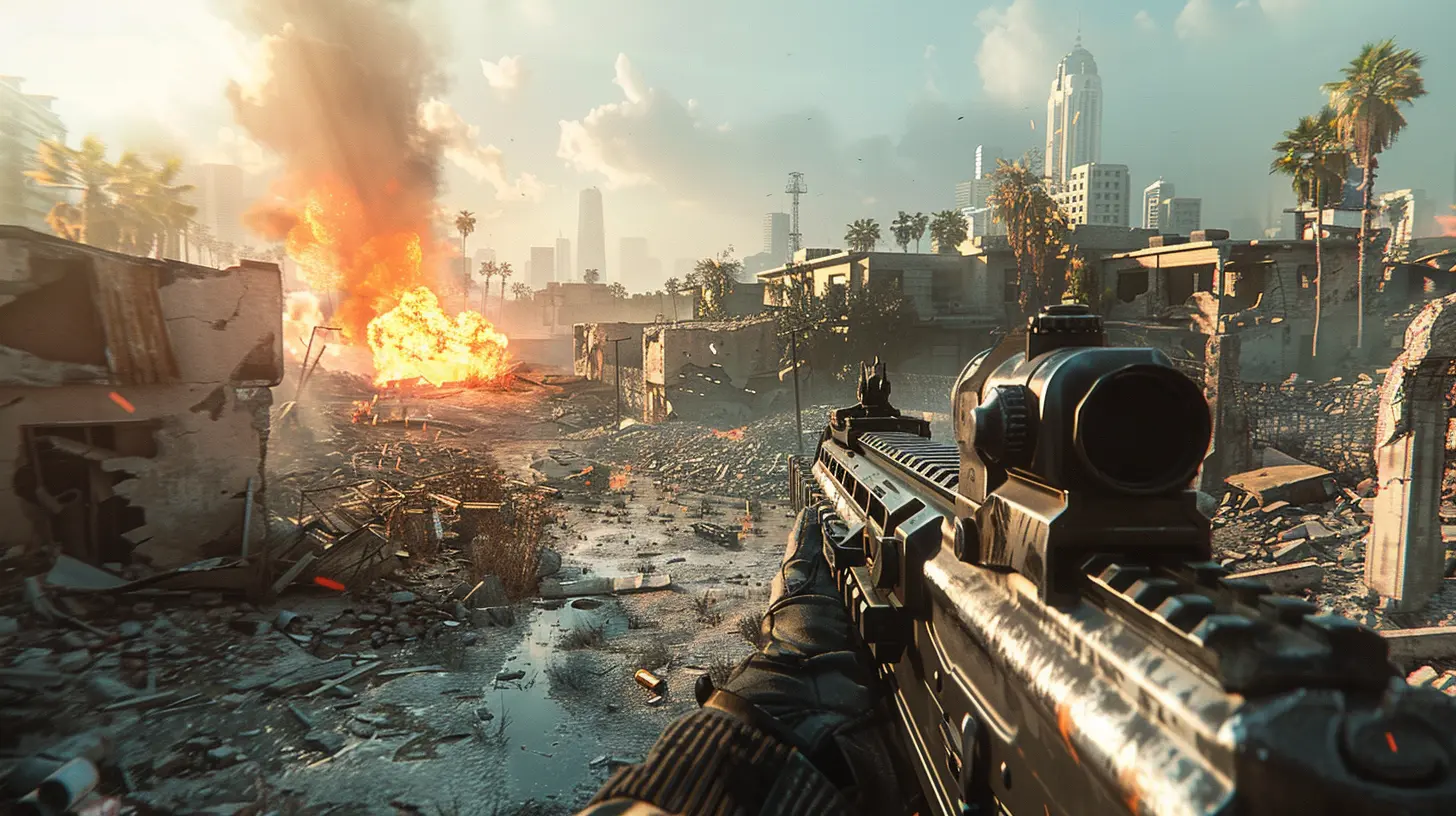Understanding Damage Types in FPS Game Mechanics
11 June 2025
Ever been in a first-person shooter, taken a shot, and thought, “Wait, how did that kill me so fast?” Or maybe you’ve blasted an enemy with a rocket and watched them stroll away like it was a summer breeze. Well, friend, you’ve just witnessed the mysterious—and sometimes frustrating—world of damage types in FPS (first-person shooter) game mechanics.
In this guide, we’re diving deep into what those damage types actually mean, why they matter, and how they work behind the scenes to shape every thrilling, heart-racing shootout you’ve ever played. Whether you're a casual player or an aspiring pro, wrapping your head around damage mechanics can seriously level up your game.
Why Damage Types Matter in FPS Games
Let’s start with the basics—why are there even different damage types to begin with?Well, think of FPS games like a big action movie, except instead of just bullets and explosions, you've got a smorgasbord of ways to take down your enemies: fire, poison, electric shocks, and all kinds of futuristic tech. Each of these has its own “flavor” in the damage world. And those different flavors can interact with the game’s environment, characters, and gear in unique ways.
So yeah, you’re not just firing a gun—you’re choosing a style of hurt that can play directly into your strategy.
The Core Types of Damage in FPS Mechanics
Alright, let’s break it down. Here’s a look at the most common damage types you’ll run into in FPS games (and what makes them tick).1. Ballistic Damage
You know this one. It’s your everyday bullet, slug, or shell. Think pistols, sniper rifles, shotguns—basically anything that relies on good ol’ gunpowder or some futuristic explosive propellant.Key traits:
- Affected by distance and accuracy
- Reduced by armor or cover
- Can be headshot capable (higher crit multiplier)
Ballistic damage is the bread and butter of most shooters, but don’t underestimate it just because it's basic. Skilled players turn ballistic weapons into absolute art forms.
2. Explosive Damage
Boom! This damage type is all about splash. Grenades, RPGs, C4—if it goes off in a fiery boom, it’s explosive.Key traits:
- Area of effect (AoE), impacting multiple targets
- Can bypass certain cover
- Often used for crowd control or creating space
Explosive damage is as much about disrupting the battlefield as it is about kills. Use it to flush enemies from corners or create chaos during objectives.
3. Energy (Laser/Plasma) Damage
This is where sci-fi FPS games shine (no pun intended). Think laser rifles, plasma guns, or ion cannons.Key traits:
- High accuracy (often no recoil or bullet drop)
- Often bypass shields but may be weaker against armor
- Can overheat instead of using ammo
Energy-based weapons are like futuristic precision instruments—ideal for players who like flashy power with pinpoint control.
4. Fire Damage
Fire is brutal. It doesn’t just hurt—it lingers. You’ll usually find it in incendiary grenades, flame throwers, or even fire-based rounds.Key traits:
- Damage over time (DoT)
- Area denial (makes zones dangerous)
- Can panic players into bad moves
Great for pushing defenders out of a room or punishing enemies hiding behind cover. Just beware—some enemies may have fire resistance.
5. Poison or Toxic Damage
Slower but sneaky. Poison damage tends to tick over time and often comes with a suite of debuffs.Key traits:
- Damage over time
- Can blur vision or slow movement
- Good for weakening or chasing down enemies
Toxic damage is like psychological warfare. It makes enemies panic, retreat, and lose their edge.
6. Shock or Electric Damage
Zzzap! Shock-based weapons are flashy, fast, and often used for disabling or disrupting enemies and equipment.Key traits:
- Can disable shields and machinery
- Stuns or disorients players
- Effective in water-based environments
Electric damage is especially helpful against tech-based enemies. Picture frying a drone mid-flight or short-circuiting a deployable turret.
The Behind-the-Scenes Magic: Damage Calculations
Now let’s geek out a little.Ever wondered how the game knows how much damage to deal? It’s not just random—it’s math. Sweet, deadly math.
Most FPS games calculate damage using a few key factors:
- Base Damage: The raw power of your weapon.
- Distance Modifier: Some weapons drop off in power over range.
- Armor/Shields: Reduces the damage taken by a certain percentage.
- Resistances: Some characters or enemies are more resistant to certain types.
- Crit Multipliers: Headshots often double or triple damage.
- Status Effects: Burning? Moving slower? That can all stack up.
Different weapons and effects layer these elements together to determine whether you’re dishing out doom or just tickling the enemy.
How Damage Types Affect Enemy Types
Not all enemies are made equal. Some are wearing heavy armor. Others are robotic. And some are just plain weird.Here’s how damage types might interact with different kinds of baddies:
| Enemy Type | Weak Against | Resistant To |
|------------------|----------------------|------------------------|
| Armored Soldiers | Energy, Poison | Ballistics |
| Robots/Drones | Shock, Explosives | Poison, Fire |
| Shielded Units | Shock, Energy | Ballistics, Explosives |
| Flesh Enemies | Fire, Poison | Electric, Energy |
Pro tip? Know your enemy. It’s the difference between unloading a clip and watching them laugh—or dropping them with one carefully chosen shot.
Using Damage Types to Shape Strategy
Alright, now that we know what these damage types do, let’s talk strategy. Because using them smartly is a game-changer.1. Pair Damage Types With Roles
Are you on offense, pushing objectives? Grab high-burst damage like explosives or fire.Playing defense? Poison or shock can slow and confuse enemies, making your position stronger.
Supporting teammates? Think of DoT and debuffs that make enemies easier to finish off.
2. Synergize With Team Loadouts
In team-based shooters, blending different damage types can shred enemy defenses. For example:- Teammate #1 softens them with poison
- You follow up with a burst of laser fire
- Teammate #3 hits the survivors with a grenade
That's a recipe for a meltdown.
3. Control the Map
Area denial is huge. Fire and poison can turn tight corridors or choke points into no-go zones. Combine that with explosives to trap enemies into making dumb moves.Armor, Shields, and Damage Reduction
You’ve probably run into enemies that seem to shrug off your hits. That’s because of defensive mechanics like armor and shields.Armor
Armor usually reduces kinetic or ballistic damage. It might absorb a certain percentage or flat amount of incoming damage. Think of it as an extra skin that eats bullets.Shields
Shields are often weaker but recharge over time. They're vulnerable to energy and shock attacks. Once they’re down, enemies are fully exposed.Understanding what you're up against lets you pick the right weapon for the job. Hammering armored foes with bullets isn’t smart when an energy weapon can melt them in seconds.
Status Effects: The Hidden Weapon
Some damage types come with more than just health reduction. They add status effects that change how players move, react, or even see the game.Here's a quick breakdown:
| Damage Type | Common Status Effects |
|-------------|-----------------------------|
| Fire | Burning, panic, blurred vision |
| Poison | Slow movement, health drain |
| Shock | Stun, screen distortion |
| Energy | Shield disruption |
Knowing how to use these effects—especially against aggressive players—can give you the upper hand. If your attacks blind, stun, or slow the enemy, that’s practically a death sentence for them.
Future Trends: Evolving Damage Mechanics
As game engines grow more complex, damage types are getting smarter too.We’re seeing:
- Dynamic damage models where hit location matters more
- Environmental interactions, like fire spreading or water conducting electricity
- Real-time status changes, influenced by things like weather, gear, or proximity
Games like Overwatch, Apex Legends, Destiny 2, and Call of Duty are already playing with these layers. So buckle up—damage mechanics are only getting deeper and more tactical from here on out.
Final Thoughts
Understanding damage types in FPS game mechanics isn’t just nerdy trivia—it’s warzone wisdom. Once you grasp how each type works, what it counters, and how it plays into strategy, you start seeing the battlefield in a whole new way.Next time you respawn, take a second and think—are you using the right kind of damage? You might just win the match before your opponent even knows what hit ’em.
all images in this post were generated using AI tools
Category:
First Person ShooterAuthor:

Kaitlyn Pace
Discussion
rate this article
2 comments
Judith Jacobs
This article offers a fascinating glimpse into the intricacies of damage types in FPS games! I’m eager to learn how these mechanics influence strategy and gameplay. Exploring different damage types could lead to more immersive experiences—can't wait to dive deeper into this topic!
November 11, 2025 at 5:05 PM

Kaitlyn Pace
Thank you for your enthusiasm! I'm glad you found the article insightful. Exploring damage types truly enhances gameplay and strategy. Enjoy diving deeper into the mechanics!
Drew Dodson
Mastering damage types is key; don’t just play—dominate the battlefield with strategy!
June 22, 2025 at 4:37 AM

Kaitlyn Pace
Absolutely! Mastering damage types not only enhances your gameplay but also gives you a strategic edge over opponents.


